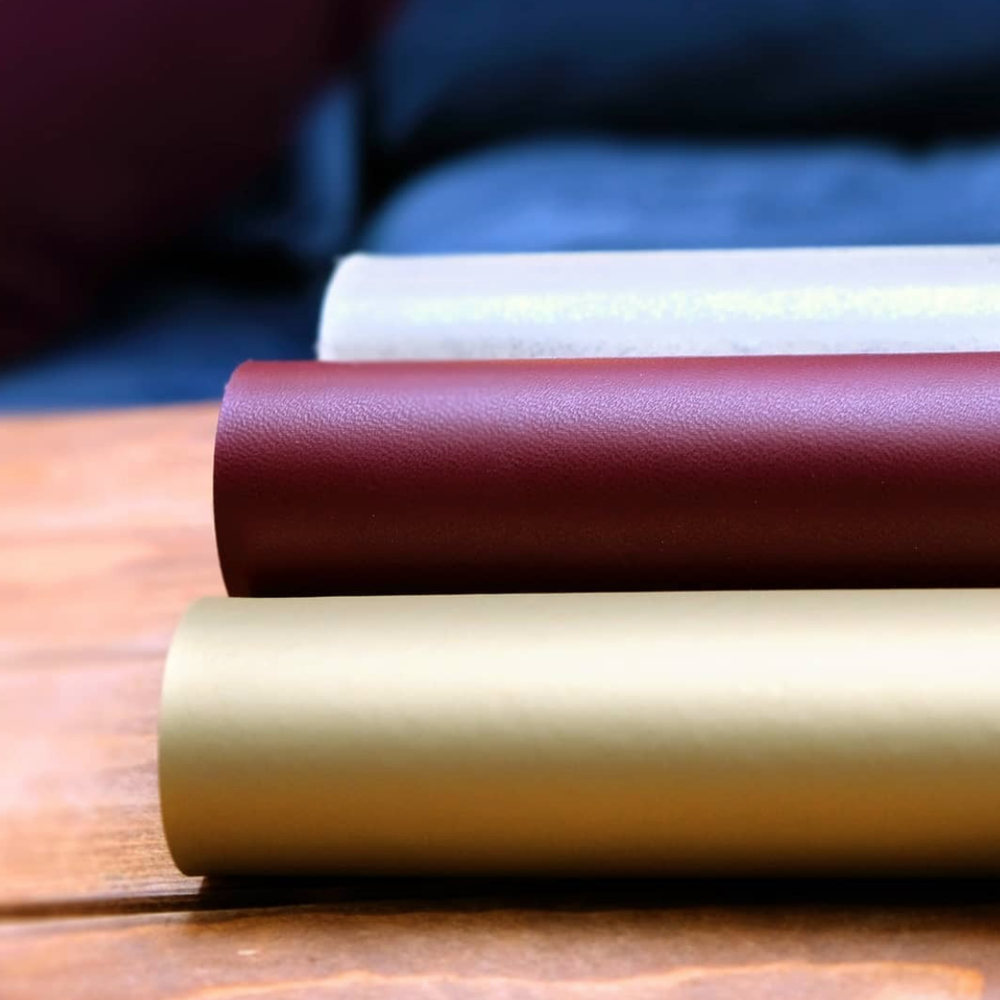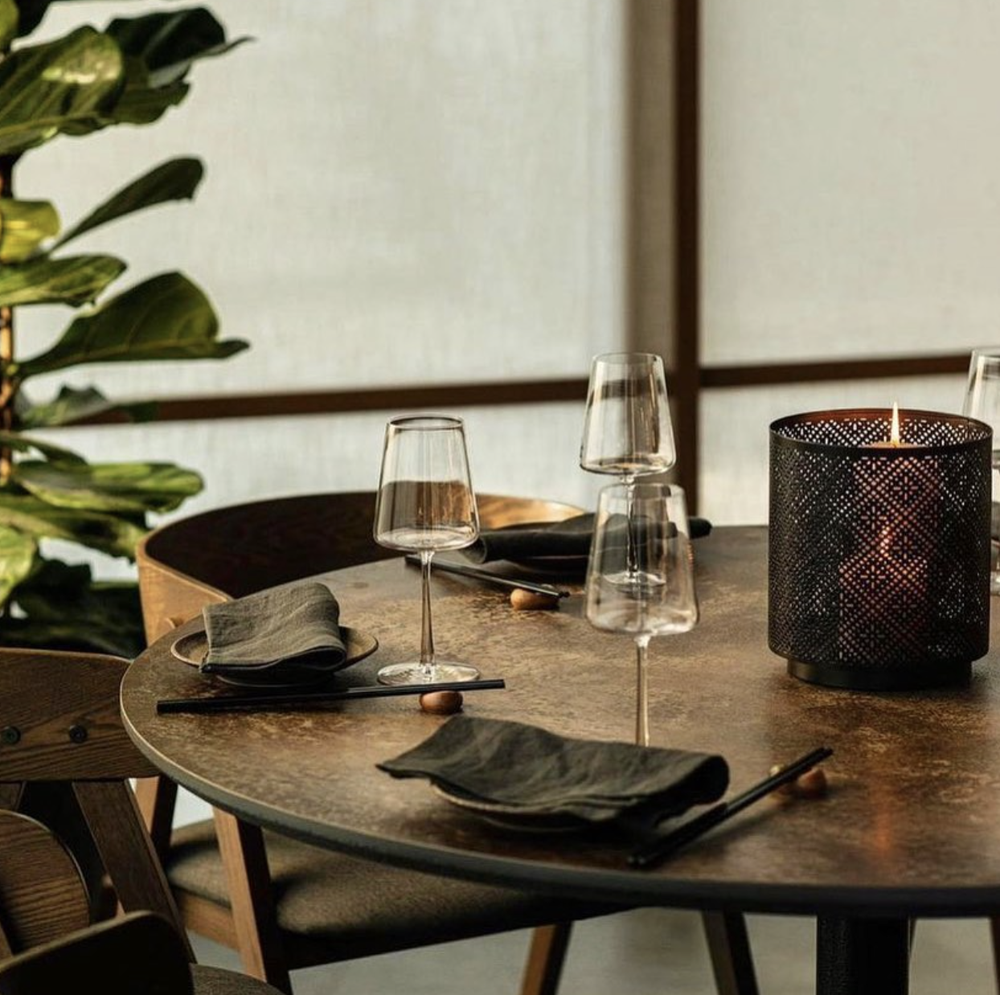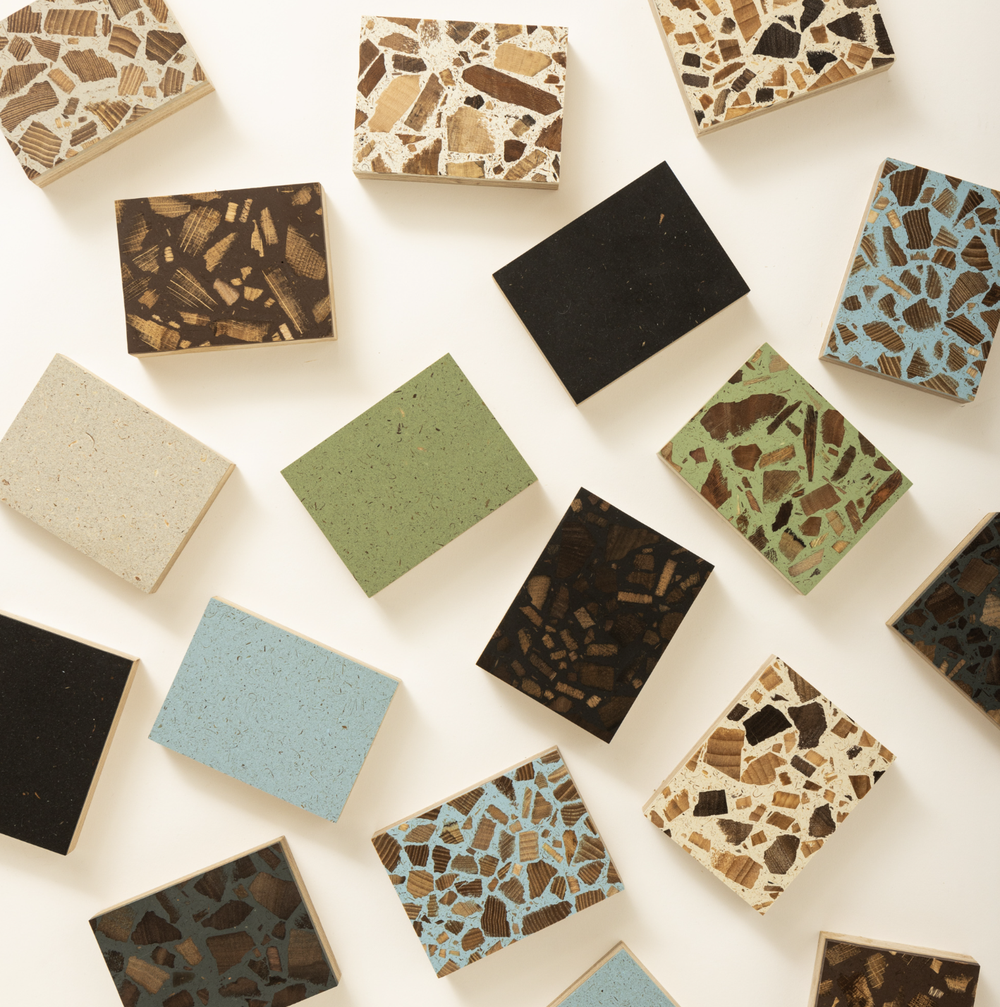
“The world is changing, and with it, the way we live and the textiles we choose for our homes,” comments Olaf Schmidt, Vice President of Textiles & Textile Technologies at Messe Frankfurt, on Heimtextil’s theme this year. Held from January 9th-12th, “New Sensitivity” was a step away from the exhibition’s usual trend forecasting focus. Instead, attendees immersed themselves in a ‘holistic exploration’ of the emotional and physical connection we have with textiles, exploring how topics like well-being, mindfulness, and our innate bond with nature are continually evolving design’s capabilities.
With sustainability standing as Heimtextil 2024’s overarching focus, each exhibit showcased how today’s designers are reshaping the textile industry’s narrative. Visitors had the opportunity to witness the revolutionary capabilities of new, circular-dying processes like Colorifix utilising the power of microorganisms to replicate elements of nature’s colour palette.
Considering technology’s rapid advancements, it’s no surprise that AI also had its moment. Once entering Trend Space - an exhibition that shows how the latest trends and innovations are progressing the industry - attendees could try their hand at “augmented weaving”, a project brought to life by SPOTT trends and extended reality studio, MANND.
One of this year’s more prominent themes was bio-engineering, as businesses like Noosa, Pond Global, and CiCLO demonstrated how a marriage of plant-powered materials and technical processes are, slowly but surely, reimagining a world where pineapples and cacti create perfectly wearable, eco-friendly wardrobes.

Image credit: @beyond.leather
Our material library recently gained a new addition in the form of Beyond Leather’s plant-based leather alternative, Leap. A product of upcycled apple pulp discarded in cider production, this innovative material uses 84% bio-based ingredients, saving time, energy and resources.

Image credit: @tomasandjani
Both organic and completely plastic-free, Tomas and Jani’s stunning surfaces are born from a combination of coffee waste and organic fibres or byproducts for colouring - like powdered fruit stone, crushed argan, and walnut shells.

Image credit: @_foresso
Meet Foresso’s take on Terrazzo: an environmentally friendly solution fit for everyday interiors. Made from wood waste sourced from trees in Britain and meticulously hand-finished in Birmingham, Foresso is a versatile choice for a range of applications, from bespoke benches and stools to contemporary coffee tables.
For more insights into today’s ‘must know’ material trends, sign-up to our newsletter. Or, why not experience the best in surface material design for commercial projects firsthand by visiting our design studio on Great Titchfield Street, London? Opening times are available on the Visit Us page.
Header image credit: Messe Frankfurt GmbH / Photographer Pietro Sutera